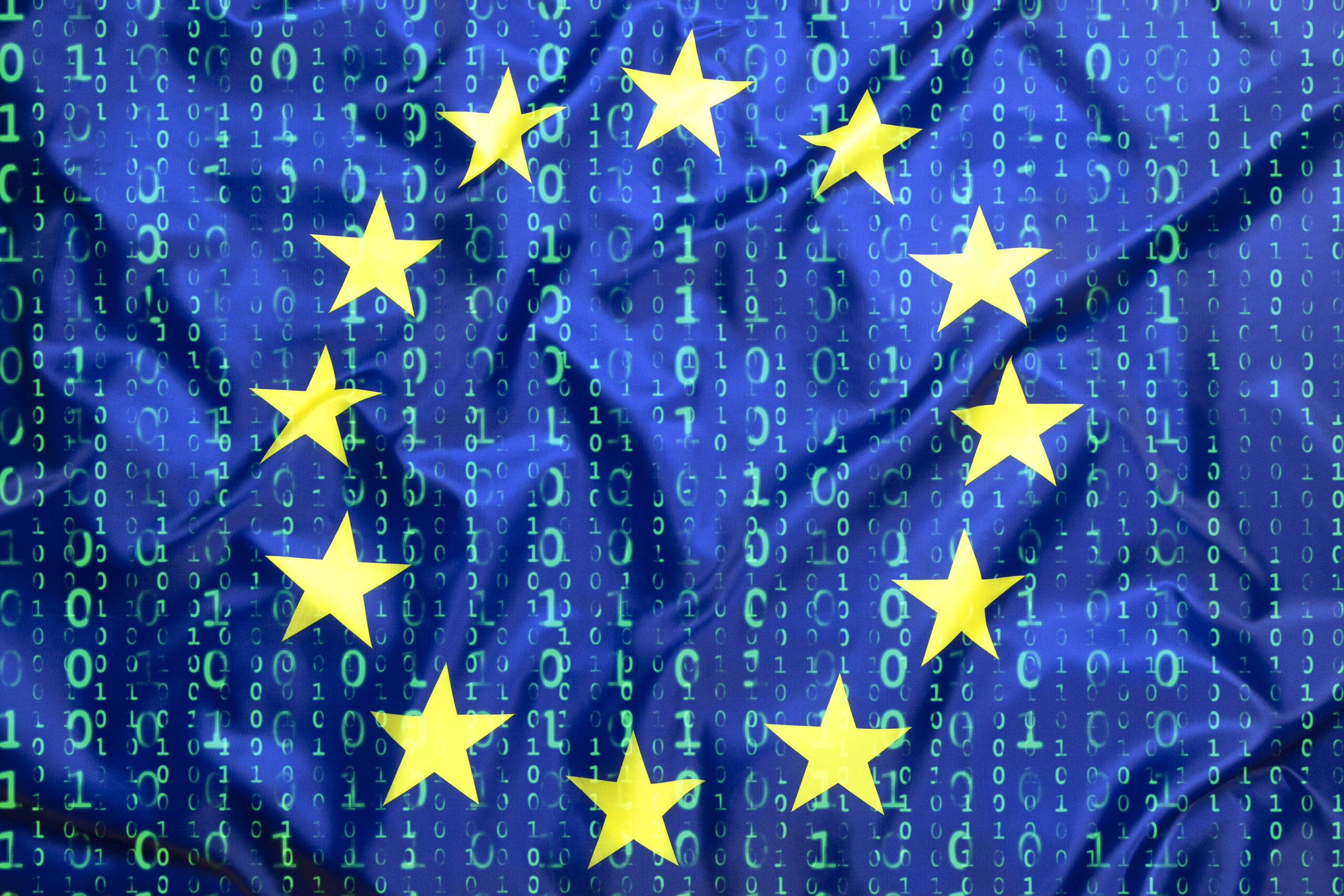
European Union lawmakers recently marked a significant milestone by giving final approval to the Artificial Intelligence Act, a pioneering piece of legislation designed to regulate the rapidly evolving field of AI technology. This landmark decision by the European Parliament, with 523 votes for, against 46, and 49 abstentions, ensures that the world-leading rules are set to be implemented later this year, positioning the 27-nation bloc at the forefront of global efforts to navigate the complexities of AI governance.
The Artificial Intelligence Act, which was first proposed five years ago, aims to steer the development and application of AI towards a human-centric approach. According to Dragos Tudorache, a key figure in the Parliament negotiations, the legislation is designed to ensure that technology enhances human potential and fosters economic growth and societal progress, all while keeping humans in control.
How Does The Act Work?
The Act categorizes AI applications based on their perceived risk level, with the majority deemed low risk and subject to voluntary compliance. However, high-risk applications, such as those used in medical devices or critical infrastructure, will be subjected to stringent requirements. This includes the obligation to use high-quality data and provide transparent information to users. Moreover, the Act outright bans certain uses of AI considered to pose unacceptable risks, including social scoring systems and certain types of predictive policing.
How Does The AI Act Address Generative AI Models?
In response to the rapid advancement of general-purpose AI models like OpenAI’s ChatGPT, the EU lawmakers have updated the Act to include provisions for these technologies. Developers of these AI models are now required to provide comprehensive summaries of the data used to train their systems, adhere to EU copyright laws, and ensure AI-generated content is clearly labeled as artificially manipulated.
The Act places particular emphasis on the oversight of powerful AI systems, such as OpenAI’s GPT4 and Google’s Gemini, which are believed to pose systemic risks. These systems must now undergo rigorous risk assessments and comply with a range of safety measures, including reporting serious incidents and detailing their energy consumption.
The AI Act not only serves as a significant step for the EU but also as a potential model for the rest of the world. Countries such as the U.S., China, and others are closely watching the EU’s approach and are in various stages of drafting their own AI regulations.
When is The Act’s Official Enactment?
Following its final approval, the Act’s journey towards full implementation involves several key stages and timelines:
| Stage | Details |
|---|---|
| Official Enactment | Anticipated around May or June, pending final formalities and approval from EU member countries. |
| Activation Post-Publication | The legislation activates 20 days after its publication in the EU’s Official Journal. |
| Phased Implementation Schedule | – Prohibited AI Systems: Ban enforcement starts six months post-activation. These include AI applications deemed too harmful due to their potential impact on privacy, fundamental rights, and the safety of individuals. – General Purpose AI Systems: Regulations begin one year after law becomes effective. – Gradual Application: Initial provisions apply six months after activation (focusing on prohibited use-cases), with further rules introduced at 12, 24, and 36 months, targeting different aspects and applications of AI within the scope of the Act. |
| Complete Implementation | Expected by mid-2026 to mid-2027, ensuring a comprehensive rollout of the legislation. |
Violations of the AI Act could result in substantial fines, up to 35 million euros or 7% of a company’s global revenue, highlighting the serious commitment of the EU to ensuring the ethical development and use of AI technologies.
Related News:
Featured Image courtesy of BirgitKorber/Getty Images/iStockphoto
